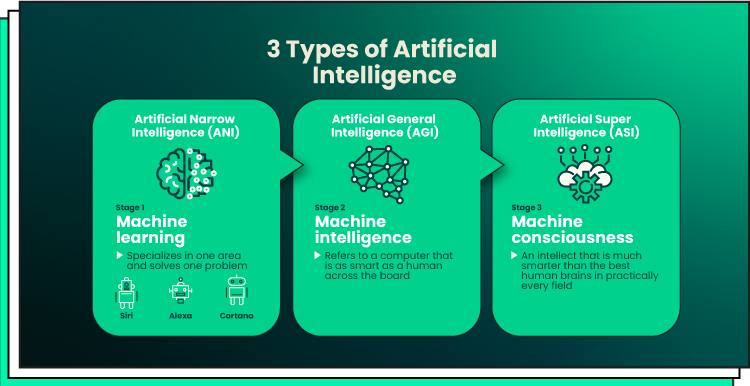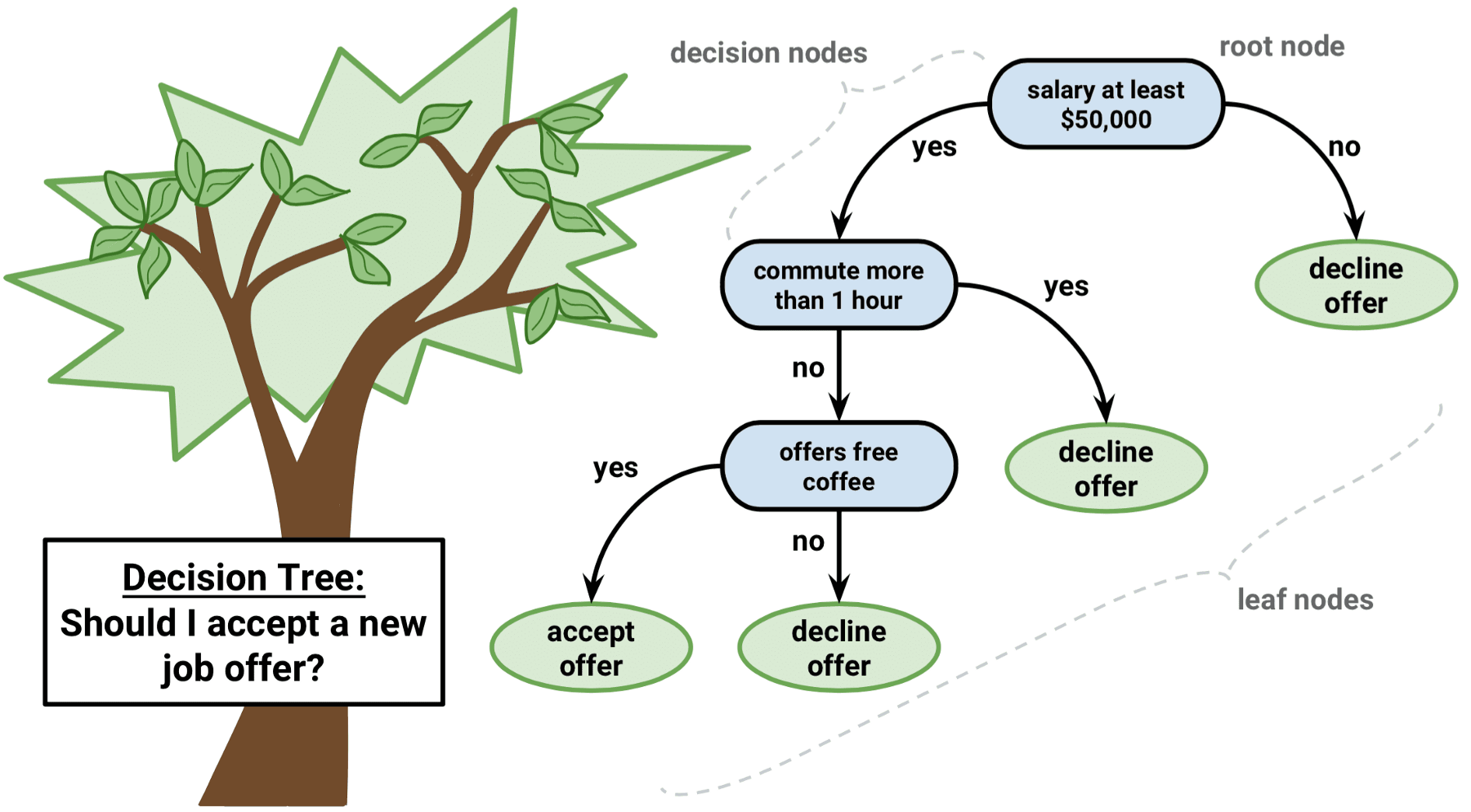What Is The Best AI Model?
AI models are computer algorithms that are designed to mimic human intelligence and behavior. They are used in a variety of applications, including robotics, natural language processing, computer vision, and decision making. The best AI models are those that are able to make accurate predictions and decisions based on the data provided to them. They must also be able to adapt to changing conditions and environments. Different AI models have different strengths and weaknesses, and the best model for a given application will depend on the specific problem it is designed to solve.
Overview of AI Models
Artificial Intelligence (AI) technology has drastically changed the way we live and work. AI models have been developed to solve complex problems and provide solutions to a variety of industries. There are a variety of AI models available to choose from, each with its own unique strengths and weaknesses.
The most popular models include supervised learning, unsupervised learning, reinforcement learning, and deep learning. Supervised learning models are trained with labeled data and can be used for classification or regression tasks. Unsupervised learning models are trained with unlabeled data and are used to identify patterns and anomalies in data. Reinforcement learning models use trial and error to learn how to optimize a given task, while deep learning models are multi-layered neural networks that can learn complex tasks.
When choosing an AI model, it is important to consider the type of problem that needs to be solved. Different models are better suited for different types of tasks and data. Additionally, it is important to consider the amount of data available, the resources available, and the desired outcome. By considering these factors, businesses and organizations can choose the best AI models to meet their needs.
Evolution of AI Models
Artificial Intelligence (AI) has revolutionized the modern world. AI models are computer algorithms that are designed to mimic human behavior, think, and reason like humans, and learn from their experiences. AI models are capable of performing complex tasks such as recognizing patterns, predicting outcomes, and making decisions.
AI models have evolved over the years, from the early days of rule-based systems to the complex deep learning neural networks of today. Rule-based systems are AI models that use a set of rules to solve problems. They are limited in their scope and are usually only used for basic tasks.
Deep learning models are the most powerful AI models. They are capable of recognizing patterns in data that humans cannot. They are used for tasks such as natural language processing, image recognition, and autonomous driving.
Reinforcement learning models are another type of AI model. They are used for decision making tasks. They are designed to learn from their experiences and optimize their decisions over time.
The best AI model depends on the task at hand. For complex tasks, deep learning models are usually the best option. For simpler tasks, rule-based systems or reinforcement learning models may be a better choice. It is important to choose the right AI model for the job.
Types of AI Models
Artificial Intelligence (AI) is a rapidly growing field that has revolutionized the way we think about data and computing. AI is used in many industries, from healthcare to e-commerce to finance, and the ability to develop the best AI model is essential for unlocking the potential of AI. But what exactly is the best AI model?
There are several types of AI models that can be used in different contexts, depending on the application. Supervised learning models are trained on a dataset with labeled data, and can be used for tasks such as image classification, object recognition, and speech recognition. Unsupervised learning models use unlabeled data to discover patterns and relationships in the data, and can be used for tasks such as clustering and anomaly detection. Reinforcement learning models use rewards and punishments to learn how to achieve a goal, and can be used for tasks such as playing games and robotic navigation. Finally, generative models generate data that is similar to the data in the training set, and can be used for tasks such as generating realistic images.
In the end, the best AI model depends on the application and the data available. Experienced AI developers can select the right model for the task at hand, and can fine-tune the model until it achieves the desired performance. With the right model and the right data, AI can revolutionize any industry.

Factors to Consider When Choosing an AI Model
When it comes to selecting an Artificial Intelligence (AI) model, there are many factors to consider, including accuracy, speed, scalability, and cost. Each AI model has its own strengths and weaknesses, so it is important to understand what each model can do and how it will meet your specific needs.
Accuracy is the primary factor in measuring the success of any AI model. The AI model must be able to accurately assess data and make decisions, or the model will be ineffective. Speed is also important, as faster processing time can mean faster results. Scalability is key, as the AI model must be able to handle additional data and workloads without diminishing efficiency. Finally, cost should also be considered, as AI models can be expensive depending on the complexity of the model.
When selecting an AI model, it is important to consider both the short-term and long-term needs of the business. Short-term needs should take precedence, as the model must be able to meet immediate demands. Long-term goals should also be considered, as the model must be able to grow and scale with the company. Additionally, the AI model must be able to integrate seamlessly into existing systems without disruption.
Overall, selecting the best AI model requires careful consideration of the factors mentioned above. It is important to weigh the pros and cons of each model and choose the one that best meets the needs of the business. With the right AI model, businesses can leverage the power of AI to transform their operations and propel them into the future.
Challenges of Implementing AI Models
AI models are widely used to solve complex problems and create smarter solutions, but implementing them still poses many challenges. AI models are complex, and understanding their inner workings is difficult. As AI models become more complex, they require more resources to run and may be prone to errors. Additionally, AI models must be trained and optimized for the specific problem they are solving, which can require a great deal of time and expertise.
Data is another challenge associated with AI models. AI models require large, high-quality datasets to train them accurately. Collecting and labeling data can be a tedious and expensive process, and if the data is not properly labeled, it can lead to inaccurate results. Additionally, AI models are only as good as the data they are trained on, and if the data is biased in any way, the results of the AI model may also be biased.
Finally, AI models are constantly evolving and can be difficult to maintain. AI models must be regularly updated to keep up with changes in the data and environment. This can require significant resources, both in terms of time and money, to ensure that the AI model is up-to-date and performing optimally.
Overall, AI models can provide powerful solutions to complex problems, but they also come with a variety of challenges. Understanding and addressing these challenges is essential for successful implementation of AI models.
Advantages and Disadvantages of Different AI Models
AI models come in many shapes and sizes, each with its own set of advantages and disadvantages. To determine which model is the best for a given application, it is essential to understand the strengths and weaknesses of each. In this blog, we will explore the most common AI models, discuss the advantages and disadvantages of each, and help you decide which one is the best fit for your needs.
The most popular AI models are supervised learning, unsupervised learning, and reinforcement learning. Supervised learning is the process of using labeled data to train an AI model. This model can then be used to make predictions on unseen data. Unsupervised learning is the process of using unlabeled data to discover hidden patterns in the data. Lastly, reinforcement learning is the process of using rewards and punishments to teach an AI model how to complete tasks.
Advantages of supervised learning include its ability to make accurate predictions and its scalability. However, supervised learning is limited in its ability to detect hidden patterns in the data. Unsupervised learning is advantageous because it can uncover patterns in unlabeled data. Furthermore, this model is able to detect anomalies and outliers in the data. However, unsupervised learning requires more data than supervised learning. Reinforcement learning is beneficial because it can learn from its mistakes. However, reinforcement learning can be limited by the amount of rewards or punishments it receives.
To decide which AI model is the best for your application, you must consider the strengths and weaknesses of each. If you’re looking for an AI model that can make accurate predictions with labeled data, then supervised learning is your best bet. If you’re looking for an AI model that can uncover hidden patterns in the data, then unsupervised learning is the way to go. Lastly, if you want an AI model that can learn from its mistakes, then reinforcement learning is the right choice. Ultimately, the best AI model for your application will depend on your specific needs and requirements.
FAQs About the What Is The Best AI Model?
1. What factors should I consider when choosing the best AI model for my application?
Answer: The best AI model for your application depends on the specific requirements and objectives of your project. Factors to consider include the type of data you are working with, the complexity of the task, the desired accuracy or performance level, the size and scope of the project, and the resources available to you.
2. What are the common types of AI models?
Answer: The most common types of AI models are supervised learning models, unsupervised learning models, deep learning models, and reinforcement learning models. Each type of model has its own advantages and disadvantages and can be used in different applications.
3. How can I evaluate the effectiveness of an AI model?
Answer: The effectiveness of an AI model can be evaluated by measuring its accuracy and performance on various tasks. Other metrics such as precision, recall, and F1 score can also be used to assess the model’s performance. Additionally, visualizing the model’s results can help in understanding how it works and where it can be improved.
Conclusion
In conclusion, there is no single best AI model for all tasks. Different AI models are better suited for different types of tasks, depending on what the specific goal is. Choosing the best AI model for any task requires an understanding of the data, the intended use, and the specific requirements of the task at hand.
